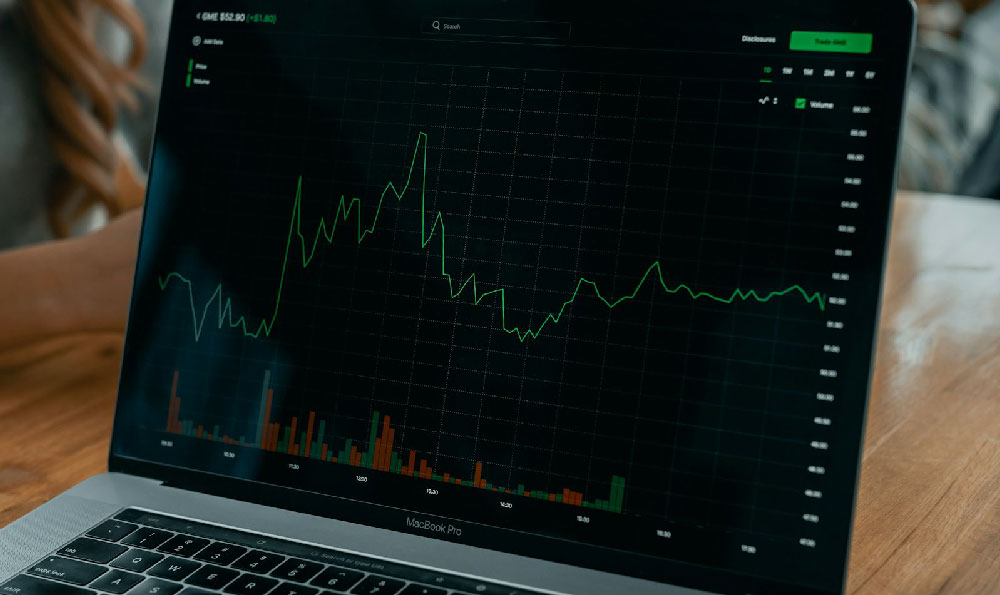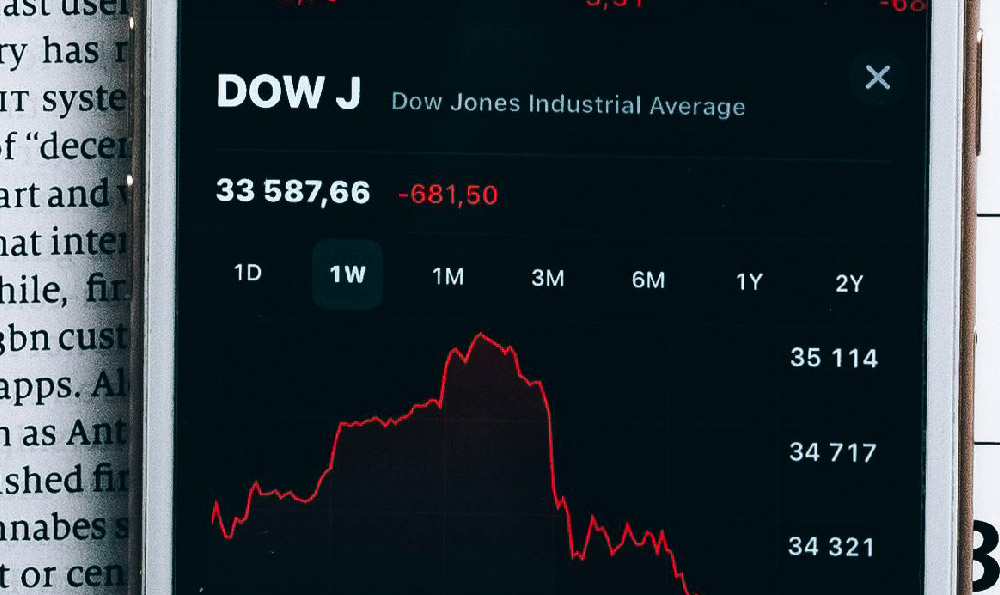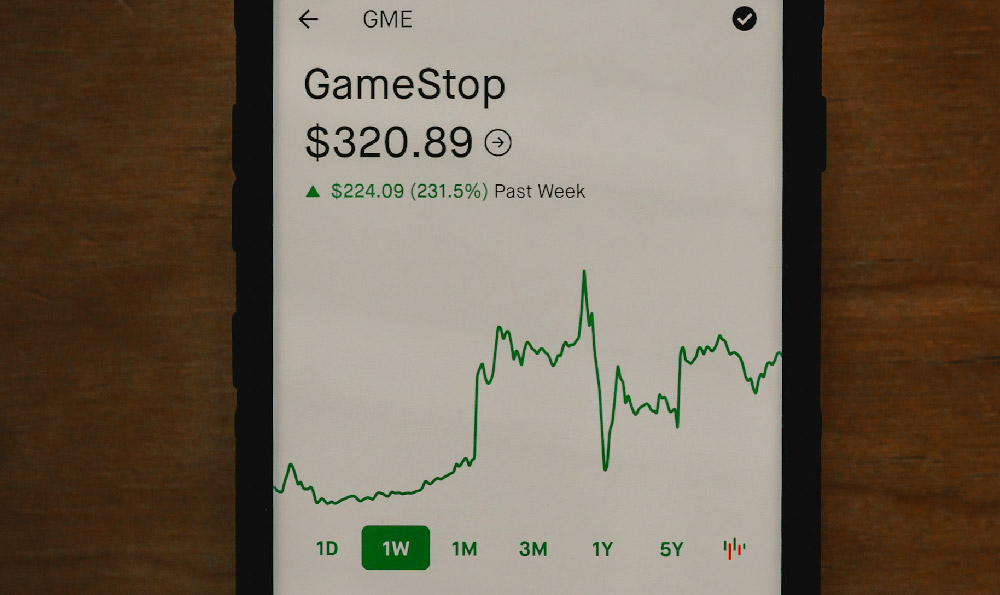Let's delve into the world of cryptocurrency investment, navigating its complexities to uncover viable pathways to financial growth while emphasizing prudent risk management.
The pursuit of financial gain within the cryptocurrency sphere necessitates a comprehensive understanding of its inherent dynamics. It's not a get-rich-quick scheme, but rather a landscape demanding due diligence, strategic foresight, and a healthy dose of skepticism. There are multiple avenues to potentially earn money, but selecting the "best" requires personalized consideration of your risk tolerance, time commitment, and capital availability.
One fundamental approach is long-term holding, often referred to as "hodling." This strategy hinges on the belief that specific cryptocurrencies possess significant future potential, encouraging investors to acquire and retain these assets for extended periods, irrespective of short-term market fluctuations. Identifying projects with robust technology, real-world use cases, and dedicated development teams is crucial for successful hodling. Bitcoin and Ethereum, for example, have historically demonstrated resilience and growth, attracting institutional interest and solidifying their positions as market leaders. However, diversification remains paramount; allocating your entire portfolio to a single asset, even a seemingly promising one, drastically increases your risk exposure. Rigorous research and a clear understanding of the underlying technology are essential before committing to a long-term hold.

Active trading presents another opportunity, albeit one requiring a higher degree of skill and time commitment. This involves capitalizing on short-term price movements through techniques like day trading, swing trading, and arbitrage. Day traders execute multiple trades within a single day, aiming to profit from small price swings. Swing traders hold positions for several days or weeks, seeking to capture larger price trends. Arbitrageurs exploit price discrepancies across different exchanges, buying low on one platform and selling high on another. Successful active trading necessitates a strong grasp of technical analysis, the ability to interpret chart patterns and indicators, and the discipline to adhere to a pre-defined trading plan. Moreover, it's crucial to acknowledge the inherent risks, including potential losses due to market volatility and the cost of transaction fees. Employing stop-loss orders is highly recommended to mitigate potential downside risks.
Beyond simply buying and selling, staking and yield farming offer avenues to earn passive income. Staking involves holding cryptocurrencies in a wallet to support the operations of a blockchain network, in return earning rewards in the form of additional tokens. This process is particularly relevant to Proof-of-Stake (PoS) blockchains, where staking contributes to network security and consensus. Yield farming, on the other hand, involves providing liquidity to decentralized finance (DeFi) platforms, such as decentralized exchanges (DEXs). By depositing your cryptocurrency into liquidity pools, you earn rewards in the form of trading fees and platform tokens. While these options offer the potential for passive income, they also come with inherent risks, including impermanent loss (where the value of your deposited assets may decrease relative to holding them individually) and smart contract vulnerabilities. Thoroughly researching the platform and understanding the risks associated with impermanent loss are crucial before participating in staking or yield farming.
Cryptocurrency mining represents another means of acquiring digital assets, although it typically demands significant upfront investment and technical expertise. Mining involves using powerful computers to solve complex cryptographic puzzles, validating transactions on the blockchain and earning rewards in the form of newly minted coins. Bitcoin mining, for example, requires specialized hardware (ASICs) and substantial electricity consumption. The profitability of mining depends on factors such as the price of the cryptocurrency, the mining difficulty, and electricity costs. Given the competitive nature of mining and the high capital expenditure, it's generally advisable to conduct a thorough cost-benefit analysis before embarking on this venture.
Venturing into Initial Coin Offerings (ICOs) and Initial Exchange Offerings (IEOs) can present opportunities for early investment in promising projects, but also carries significant risk. ICOs involve newly created cryptocurrencies offered to the public, while IEOs are similar but are vetted and launched through established cryptocurrency exchanges. Identifying legitimate and promising projects requires meticulous research into the team behind the project, the technology, the whitepaper, and the overall market potential. Many ICOs and IEOs turn out to be scams or fail to deliver on their promises, so exercising extreme caution is paramount. Investing only what you can afford to lose is a crucial principle in this high-risk, high-reward area.
Protecting your cryptocurrency holdings is of utmost importance. Employing robust security measures, such as enabling two-factor authentication (2FA) on all exchanges and wallets, using strong and unique passwords, and storing your cryptocurrency offline in a hardware wallet, is essential to safeguarding your assets from theft or hacking. Be wary of phishing scams and avoid clicking on suspicious links or sharing your private keys with anyone. Diversification also applies to exchanges; storing your entire cryptocurrency portfolio on a single exchange exposes you to the risk of a potential security breach or insolvency.
In conclusion, earning money through cryptocurrency requires a multifaceted approach that combines thorough research, strategic planning, and a deep understanding of the inherent risks. There is no one-size-fits-all solution, and the "best" way depends on individual circumstances. A diversified portfolio, coupled with a disciplined approach to risk management, provides a solid foundation for navigating the volatile cryptocurrency landscape and potentially achieving long-term financial growth. Remember, education is your most valuable asset in this dynamic and evolving market. Continuously update your knowledge, stay informed about market trends, and consult with financial professionals when needed. A cautious and informed approach is the key to successfully navigating the world of cryptocurrency investment.












